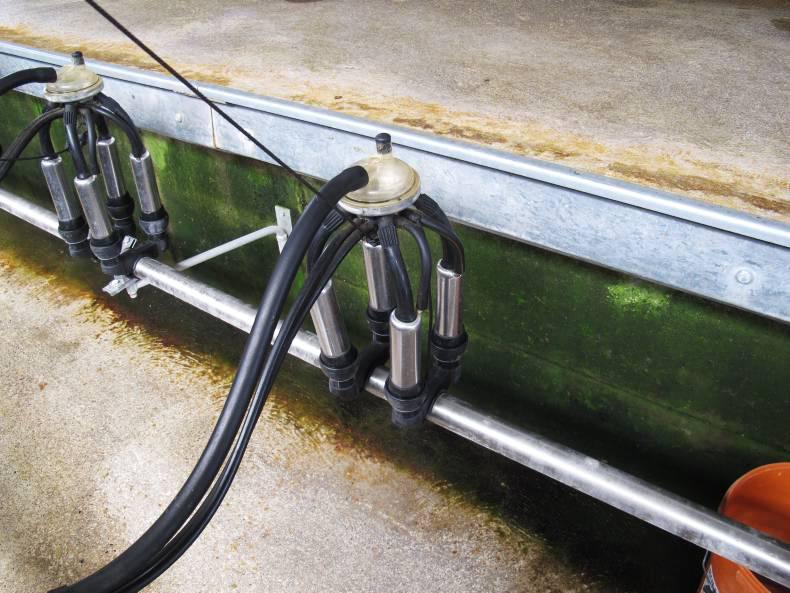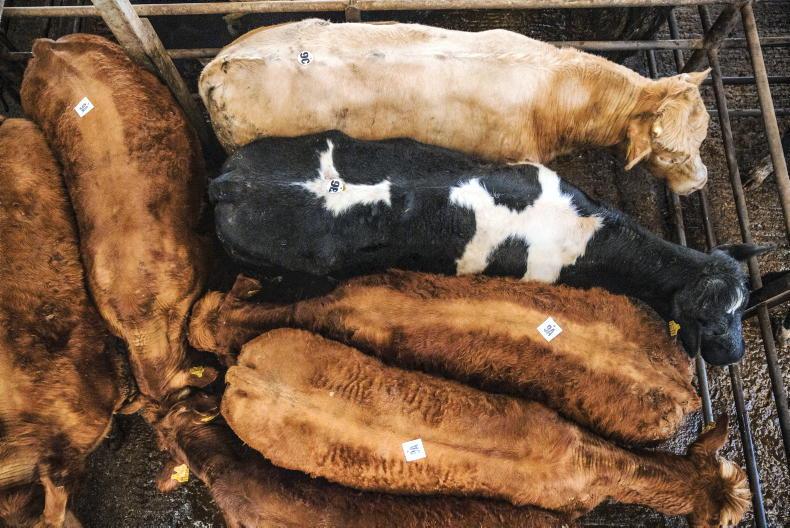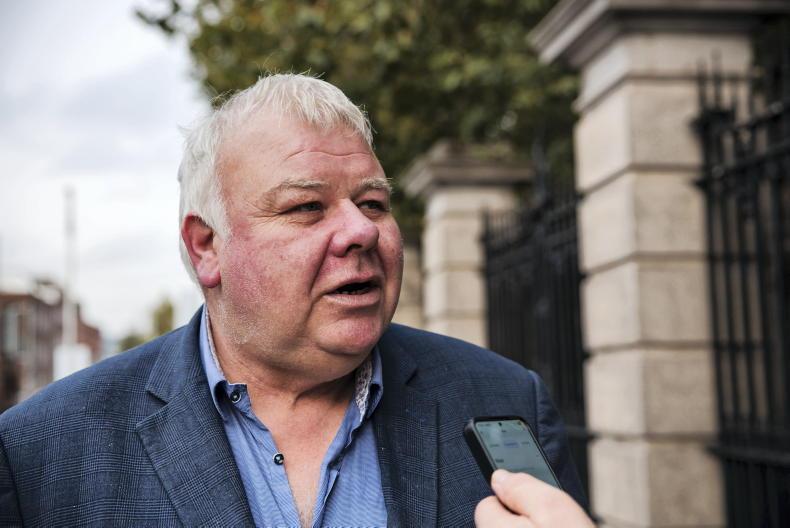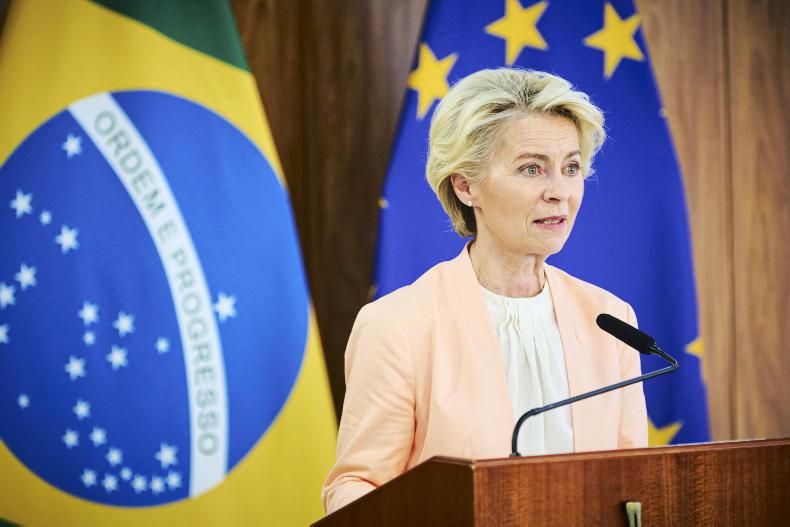Speaking in the European Parliament this Tuesday, the European Commission’s deputy director general for agriculture and rural development Joost Korte said “at least a 1,500kg commitment” would be required to avail of the 14.4c/l payment. This is the minimum amount a farmer must cut over the three-month period of the scheme compared to the same period last year.
He added that “if the farmer doesn’t achieve his target, then the regulation provides for a staged reduction in aid” – though he stopped short of detailing how the penalties would be calculated.
The Commission official also confirmed processor involvement in managing the scheme, saying that effective milk supply cuts would be verified “through the accounts of the dairies”.
Reacting to his presentation, Irish Sinn Féin MEP Matt Carthy expressed concern that the scheme would be “far too complicated to affect farmers that need the support most.”
Our concern is what the farmers are getting
Asked by MEPs if the scheme was still relevant now that global dairy market signals are positive, Korte said: “Prices are still at a historically low level for farmers… Our concern is what the farmers are getting.”
He added that the 1.1m litres to be taken out of production through the €150m earmarked for the scheme was “more or less what the overproduction is”.
While he confirmed that member states would have flexibility in spending the other €350m in EU aid available to tackle the current farm income slump, Korte insisted that they had to choose from a menu of measures that would “really help the crisis” and not as freely as they did with a similar package last year. “What we would really like to see ourselves at the Commission is that the money is spent to freeze or reduce production,” he said, encouraging member states to use their national envelope – €11.1m in the case of Ireland – to increase the capacity of the milk production reduction scheme.
Read more
Member states vote to extend PSA and intervention period for SMP
Speaking in the European Parliament this Tuesday, the European Commission’s deputy director general for agriculture and rural development Joost Korte said “at least a 1,500kg commitment” would be required to avail of the 14.4c/l payment. This is the minimum amount a farmer must cut over the three-month period of the scheme compared to the same period last year.
He added that “if the farmer doesn’t achieve his target, then the regulation provides for a staged reduction in aid” – though he stopped short of detailing how the penalties would be calculated.
The Commission official also confirmed processor involvement in managing the scheme, saying that effective milk supply cuts would be verified “through the accounts of the dairies”.
Reacting to his presentation, Irish Sinn Féin MEP Matt Carthy expressed concern that the scheme would be “far too complicated to affect farmers that need the support most.”
Our concern is what the farmers are getting
Asked by MEPs if the scheme was still relevant now that global dairy market signals are positive, Korte said: “Prices are still at a historically low level for farmers… Our concern is what the farmers are getting.”
He added that the 1.1m litres to be taken out of production through the €150m earmarked for the scheme was “more or less what the overproduction is”.
While he confirmed that member states would have flexibility in spending the other €350m in EU aid available to tackle the current farm income slump, Korte insisted that they had to choose from a menu of measures that would “really help the crisis” and not as freely as they did with a similar package last year. “What we would really like to see ourselves at the Commission is that the money is spent to freeze or reduce production,” he said, encouraging member states to use their national envelope – €11.1m in the case of Ireland – to increase the capacity of the milk production reduction scheme.
Read more
Member states vote to extend PSA and intervention period for SMP










SHARING OPTIONS